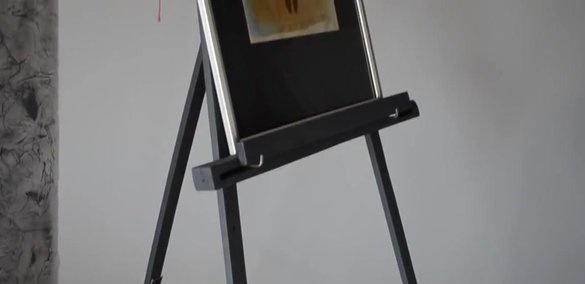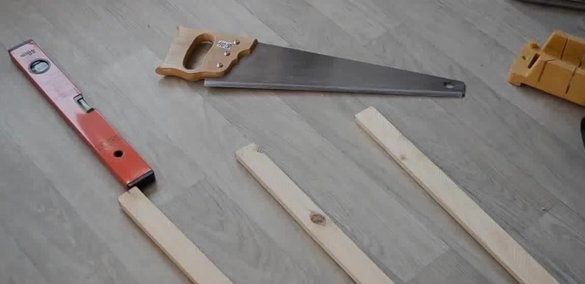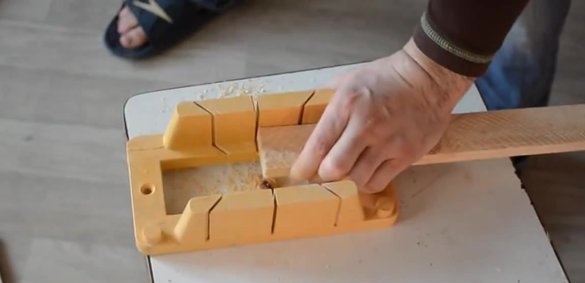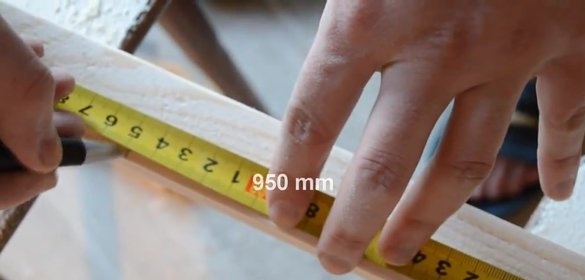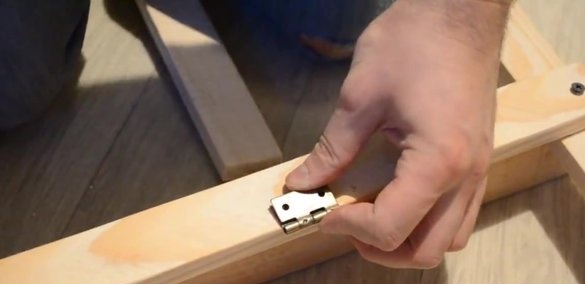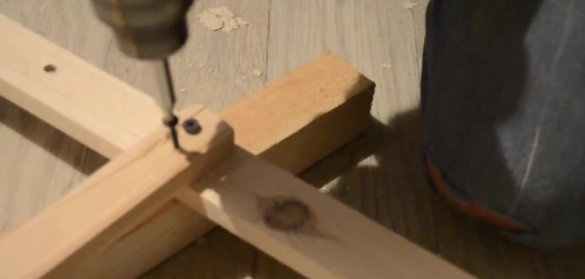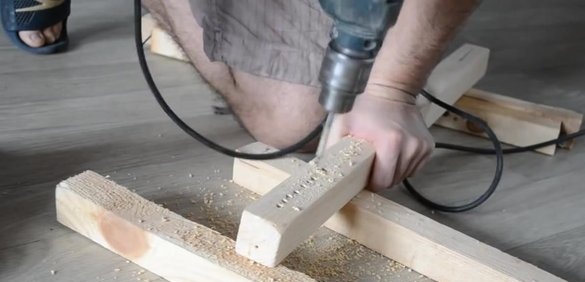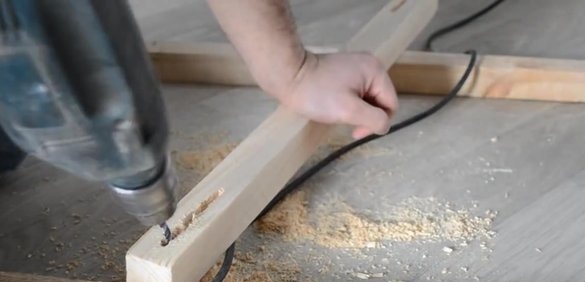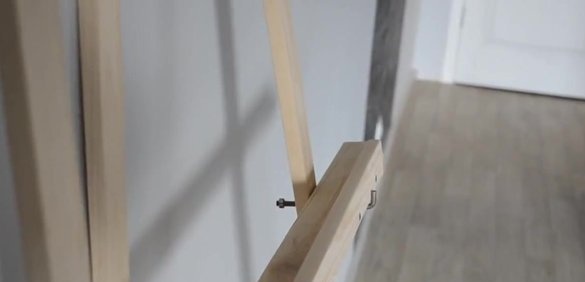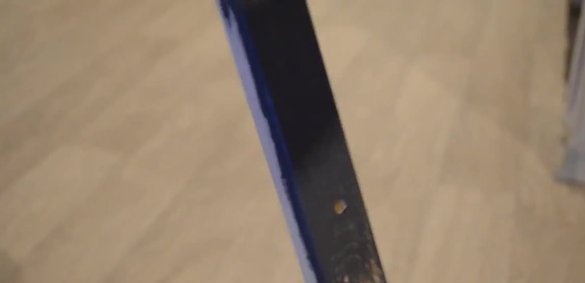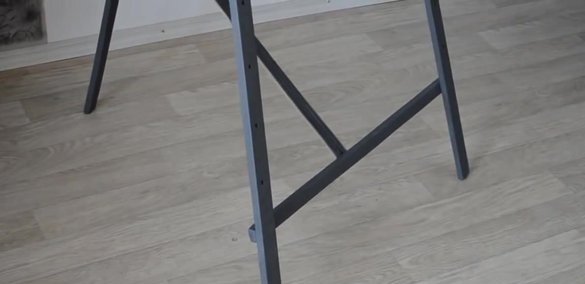Each artist needs his own easel. It can be purchased in a specialized store, you can order, or you can make it yourself. The latter option is the most economical and fully consistent with the theme of our site, so in this material we will consider a method of making an easel with our own hands.
Before you begin, we suggest watching a video that shows the process of making an easel.
So we need:
- 5 bars 20 mm thick, 40 mm wide and 250 cm long;
- bar 40 mm thick, 40 mm wide and 250 cm long;
- self-tapping screws;
- 2 anchors with nut;
- acrylic paint;
- 30 mm loop;
- webbing;
- saw;
- sandpaper;
- drill;
- drill;
- screwdriver;
- hammer;
- a brush.
When all the materials and tools are ready, you can begin the process of manufacturing our easel. First of all, take three 20x40 bars and measure 170 cm on two and 140 cm on the third. In order to make the easel more stable, it is advised to make one more leg. To do this, measure out another piece of 140 cm.
Next, measure out 70 cm and 40 cm from the same bars.
We saw all marked bars.
In order that the bars do not cause harm and do not deteriorate quickly, we process all pieces with sandpaper, slightly rounding all corners.
We take two bars of 170 cm, put them evenly and measure out 95 cm from the top.
We continue to measure and put marks also on 105, 115, 125, 135, 145 cm.
Now we drill all the marks with a drill on a tree and process the holes with sandpaper.
We begin to collect the resulting materials in one design, after which we proceed to the second stage.
We take a bar 70 cm long, measure 1 centimeter from two edges and another 13 cm. Connect two points and make holes along the line. The holes should be close to each other so that later it is possible to connect them in one line.
We process sandpaper.
We fasten another piece of the bar to the resulting piece to get a side.
The easel is ready. It remains only to put the shelf in its place and fix it with two anchors with a nut.
We paint the design with acrylic paint.
We attach one end of the strap to the leg, and the other to the middle bar, which connects the two side legs.
The easel turned out in this way is perfect not only for the workshop, but also for exhibitions. Good luck and more inspiration to you.

